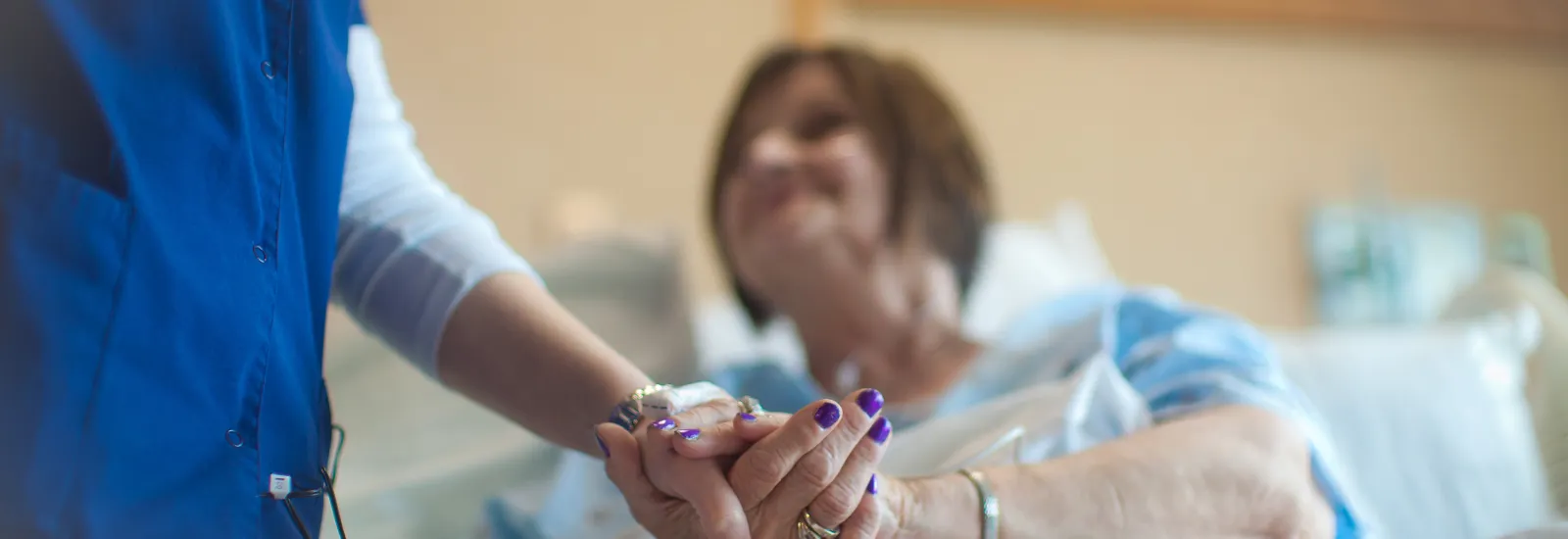
Spider Veins
What are they?
Spider veins, or telangiectasias, are dilated, superficial blood vessels like varicose veins but smaller and closer to the skin. These small vessels are easily visible through the skin and can be a variety of red, purple and blue in color. They look like tree branches or spider webs and are typically visible on the legs.
Overview
Like varicose veins, spider veins are caused by structural abnormalities of blood vessels. Veins utilize a series of one-way valves to avoid backflow of blood when carrying blood to the heart and other parts of the body. The valves can become defective for a number of reasons, which makes it difficult for the muscles to push the blood upward. Spider Veins are the result of blood pooling and pressure increasing within the vein.
Signs and symptoms
- Aching or cramping in the legs
- Tiredness, burning, throbbing, tingling or heaviness in the legs
- Painful, achy, tender or heavy feelings in your legs
- Itchy legs, especially on the lower leg and ankle
- Discolored skin with veins radiating out from a central point
- Undesirable cosmetic appearance
Risk factors
Family History/ Heredity
If someone in your family has a history of blood clots and/or spider veins, chances are that you have a greater risk of developing them sometime in your life.
Gender/ Age
Spider veins occur more often in women than in men and increase in frequency with age.
Pregnancy
During pregnancy, extra weight of the growing baby puts pressure on the veins in the mother's legs. Women who already have developed spider veins find they get worse with pregnancy.
Weight
Being overweight can put extra pressure on the veins in your legs resulting in spider veins.
Lack of Movement
Occupations that involve standing or sitting for long periods of time restricts the amount of blood flow to your legs and may increase your risk for spider veins.
Treatments
Sclerotherapy
Many times spider veins are only a cosmetic issue, but for some, it becomes too much to handle.
Light Guided Sclerotherapy
This medical procedure involves injecting a sclerosing solution directly into the damaged vein. The solution irritates the lining of the blood vessel, and over time the vessel turns into scar tissue and fades by 50-80%. This has been a proven procedure since the 1930s.
The team at the Reid Vein Center are recognized as leaders within their field and perform many surgical procedures for patients with uncomfortable and unsightly veins, such as Ambulatory Phlebectomy, Endovenous Laser Therapy (EVLT), VNUS Closure® (endovenous radiofrequency ablation) and Sclerotherapy.


